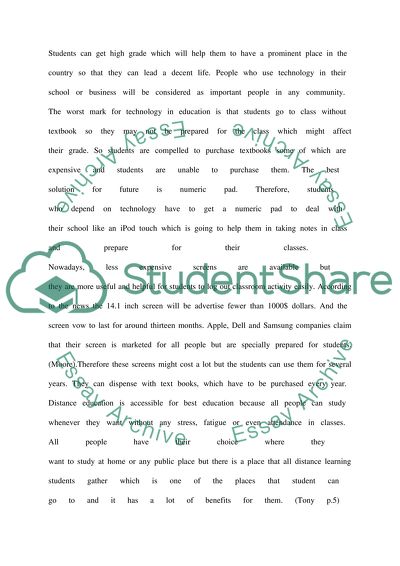Cite this document
(What Is the Advantge of Coming Technology with Education Assignment, n.d.)
What Is the Advantge of Coming Technology with Education Assignment. Retrieved from https://studentshare.org/education/1575988-what-is-the-advantge-of-coming-technology-with-education
What Is the Advantge of Coming Technology with Education Assignment. Retrieved from https://studentshare.org/education/1575988-what-is-the-advantge-of-coming-technology-with-education
(What Is the Advantge of Coming Technology With Education Assignment)
What Is the Advantge of Coming Technology With Education Assignment. https://studentshare.org/education/1575988-what-is-the-advantge-of-coming-technology-with-education.
What Is the Advantge of Coming Technology With Education Assignment. https://studentshare.org/education/1575988-what-is-the-advantge-of-coming-technology-with-education.
“What Is the Advantge of Coming Technology With Education Assignment”, n.d. https://studentshare.org/education/1575988-what-is-the-advantge-of-coming-technology-with-education.


